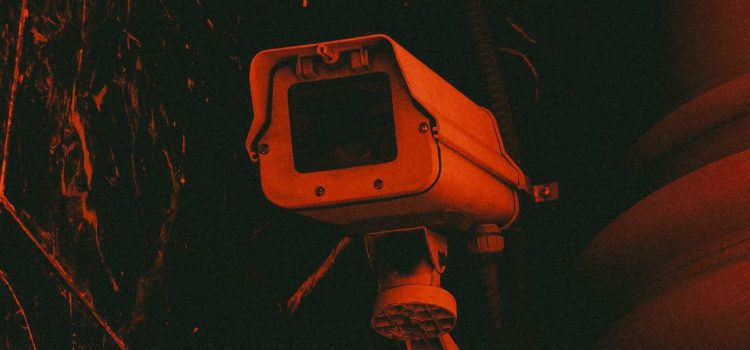

This article is an excerpt from the Shortform summary of "Permanent Record" by Edward Snowden. Shortform has the world's best summaries of books you should be reading.
Like this article? Sign up for a free trial here .
What is the President’s Surveillance Program? Which President authorized it? What does the program do and has it been a success?
The President’s Surveillance Program was created by President Bush after 9/11. The purpose was to fight terrorism by gathering intelligence through surveillance of phones and internet.
Learn more about the President’s Surveillance Program and how America’s influence on the internet magnifies the program’s impact.
President’s Surveillance Program (PSP)
After 9/11, George Bush came up with the President’s Surveillance Program (PSP). A major part of this program was that the NSA could wiretap phone and Internet communication between the US and abroad without a warrant from the Foreign Intelligence Surveillance Court (FISC). The justification was the threat of terror.
This detail of the program was revealed to the public by whistleblowers in 2005. Public outcry ensued because the constitutionality of PSP was questionable. The program allegedly expired in 2007; however, the Protect America Act (2007) and FISA Amendments Act (2008) retroactively legalized the PSP and immunized the companies that had helped with it. The language of the two new acts was intentionally misleading—citizens thought their communications weren’t being monitored, but the acts actually gave the NSA more power.
Surprisingly, instead of a full congressional investigation into the PSP, the government only summarized the program. In 2009, the Unclassified Report on the President’s Surveillance Program was released. The report was vague, the tone was chastising, and hardly any authoritative sources had been interviewed.
American-ness of the Internet
America owns and controls most of the infrastructure of the Internet, such as the towers, servers, satellites, and cables. As a result, most of the world’s Internet traffic—over 90%—at some point encounter something that’s operated, owned, or developed by US businesses or the government.
Additionally, most of this US technology is physically housed in the US and owned by American companies who must follow American law. As a result, American laws about technology affect nearly everyone in the world who’s ever used a phone or computer.
Unsurprisingly, the American-ness of the Internet makes some people and countries nervous. For example, China came up with their own system, the Great Firewall, but it doesn’t match the scale or the global reach of the Internet.
Ed’s Discovery of the President’s Surveillance Program
When Ed was in Tokyo, the unclassified report on the President’s Surveillance Program (PSP) was released to the public. The PSP, created in response to 9/11, had allowed the NSA to wiretap without a warrant and had allegedly expired in 2007. Ed thought the report had holes.
Ed eventually found the classified version of the PSP report. This version revealed the US had been conducting mass surveillance on its citizens past the expiry of the PSP. It had details about the program, STELLARWIND, and explained how the NSA had gotten around legislation and the Constitution. A secret court had given the NSA a blanket warrant to collect everyone’s data, which was questionable because warrants are by nature meant to be specific.

———End of Preview———
Like what you just read? Read the rest of the world's best summary of Edward Snowden's "Permanent Record" at Shortform .
Here's what you'll find in our full Permanent Record summary :
- What Ed Snowden discovered that caused him to completely lose faith in the government
- How Snowden led the bombshell reports of US mass surveillance
- How Snowden is coping with his treatment as both patriot and traitor






